What is a CV Cover Letter
A CV cover letter, also known as a cover letter, is a one-page document that you submit as part of your job application alongside your curriculum vitae (CV) or resume. It serves as an introduction, a summary of your qualifications, and a way to express your interest in the specific position and company. The cover letter is your chance to make a strong first impression and to persuade the hiring manager to read your CV. It should be tailored to each job application, highlighting the skills and experiences that are most relevant to the position. The cover letter should also provide context and personality, helping you stand out from other applicants and demonstrate your communication skills.
Why a CV Cover Letter is Important
A well-crafted CV cover letter is crucial for several reasons. First, it provides context to your CV, explaining why you are a good fit for the role and the company. Your CV is a list of your qualifications, but the cover letter tells the story behind those qualifications, explaining how they align with the job requirements. It allows you to showcase your personality, communication skills, and enthusiasm for the role. Furthermore, a cover letter enables you to address any potential gaps in your CV or to explain career changes. It is also an opportunity to personalize your application, demonstrating that you have researched the company and understand its values and goals. Many employers consider a cover letter mandatory, and not submitting one can automatically disqualify your application. If you fail to provide a cover letter, your application may be immediately rejected, even if you are a perfect match on paper.
Key Components of a CV Cover Letter
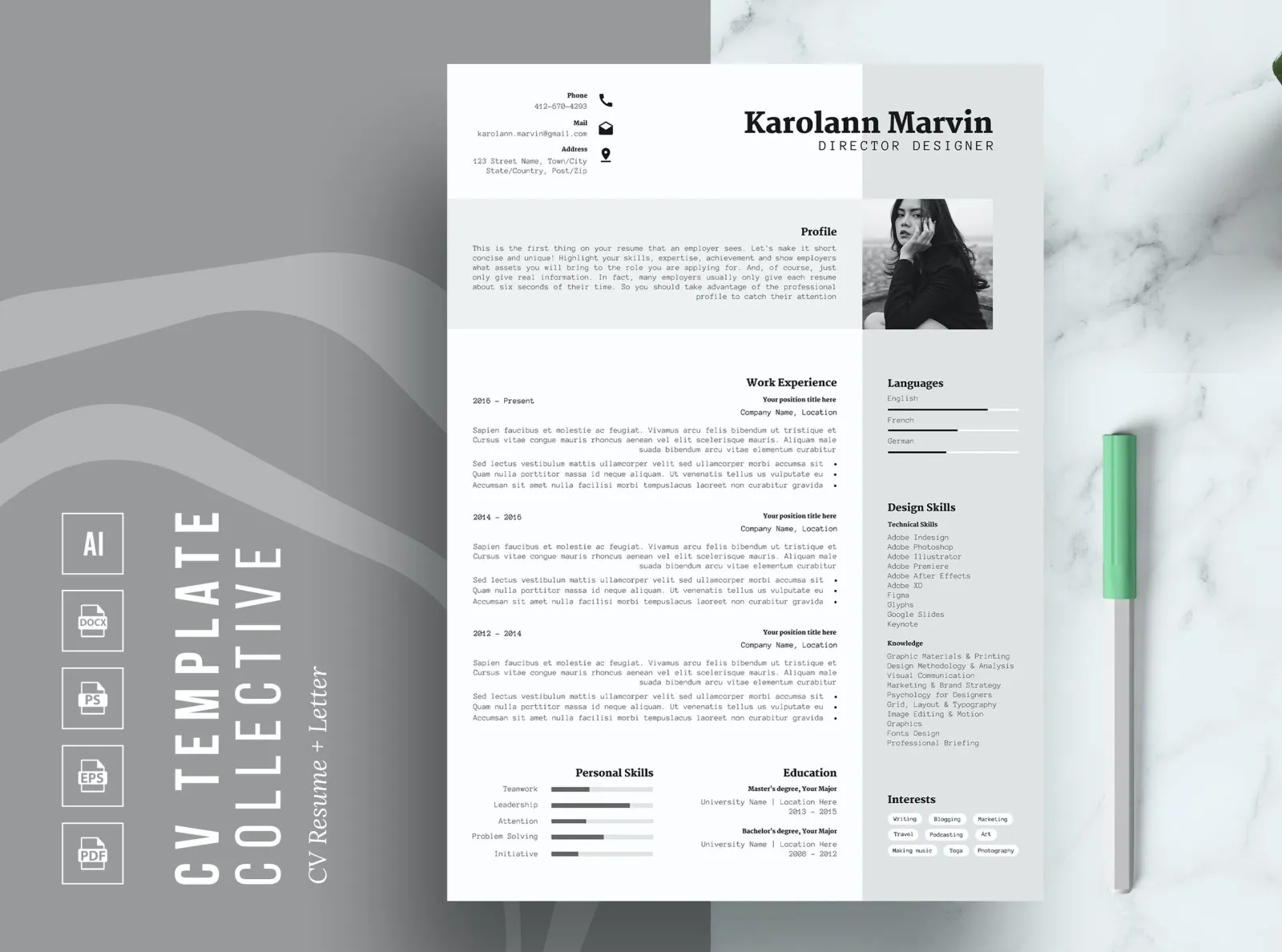
A perfect CV cover letter has several key components that work together to create a compelling application. Each element plays a crucial role in conveying your qualifications and interest. The letter must be well-structured and easy to read, conveying your message clearly and professionally. Understanding each component is essential to ensure your cover letter effectively represents you and your career ambitions. A cover letter should include all the necessary information and make it easy for the employer to read and understand the main points of your application. It is essential that you tailor the letter to each job application, ensuring that you provide relevant information that demonstrates your experience and skills that apply to the job posting.
Your Contact Information
At the top of your cover letter, include your contact information. This allows the hiring manager to easily reach you. Include your full name, phone number, email address, and optionally, your LinkedIn profile URL. Ensure that your email address is professional and that your voicemail greeting is appropriate. This information should be clear and easy to find, typically left-aligned at the top of the page. Including your contact information is a standard practice, and it’s the first thing the hiring manager will look for. Making sure that all contact information is up-to-date and accurate is imperative, as this is how the employer will try to contact you.
Date and Recipient Information
Following your contact information, include the date and the recipient’s details. The date is the day you are sending the letter. Below the date, include the hiring manager’s name (if known), their title, and the company’s name and address. If you cannot find the hiring manager’s name, research the company website or LinkedIn to find the appropriate contact person. If you still can’t find a name, you can use a general title like ‘Hiring Manager.’ The recipient information shows that you have taken the time to research the company and the role, adding a personal touch to your application. Ensure accuracy when writing this section; a mistake can give the impression of carelessness or lack of attention to detail.
Salutation
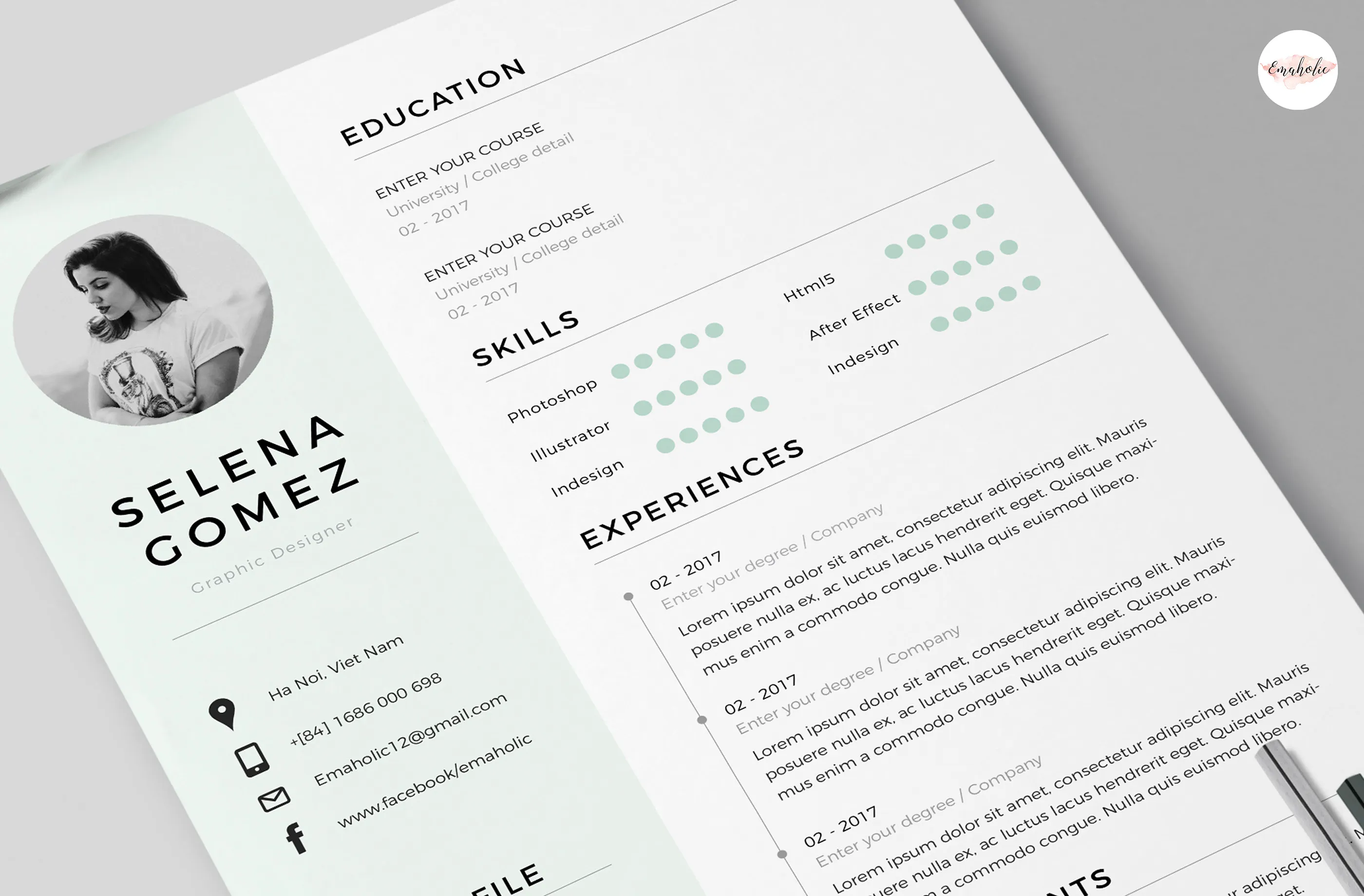
The salutation is your greeting. Use a formal greeting like ‘Dear Mr./Ms./Mx. [Last Name]’ if you know the hiring manager’s name. Always use the correct title. If you don’t know the name, use a general greeting like ‘Dear Hiring Manager.’ Avoid generic salutations like ‘To Whom It May Concern’ or ‘Dear Sir/Madam,’ as they lack a personal touch. A personalized salutation indicates you have done your research and are genuinely interested in the role. Using the proper salutation demonstrates professionalism, shows your attention to detail, and helps set a positive tone from the beginning of your cover letter.
Body Paragraph 1 Introduction
The first paragraph is your introduction. Start by stating the position you are applying for and where you saw the job posting. Then, briefly mention why you are interested in the role and the company. This paragraph should capture the reader’s attention and make them want to read further. Highlight your enthusiasm and passion for the role, and make it clear that you understand what the company does. This paragraph sets the tone for the entire letter, immediately conveying your intention and interest. The goal is to grab the reader’s attention and make them want to continue reading about your qualifications.
Body Paragraph 2 Highlight Your Skills
In the second paragraph, highlight your relevant skills and experiences. Choose 2–3 key skills or experiences that align with the job requirements. Provide specific examples of how you have demonstrated these skills in previous roles or projects. Use action verbs to describe your accomplishments and quantify your results whenever possible. This section is crucial for demonstrating that you meet the criteria outlined in the job description. Tailor this section to match the specific requirements of each job, showing how your abilities can bring value to the company. Providing this information effectively shows why you are the ideal candidate for the position.
Body Paragraph 3 Show Your Interest
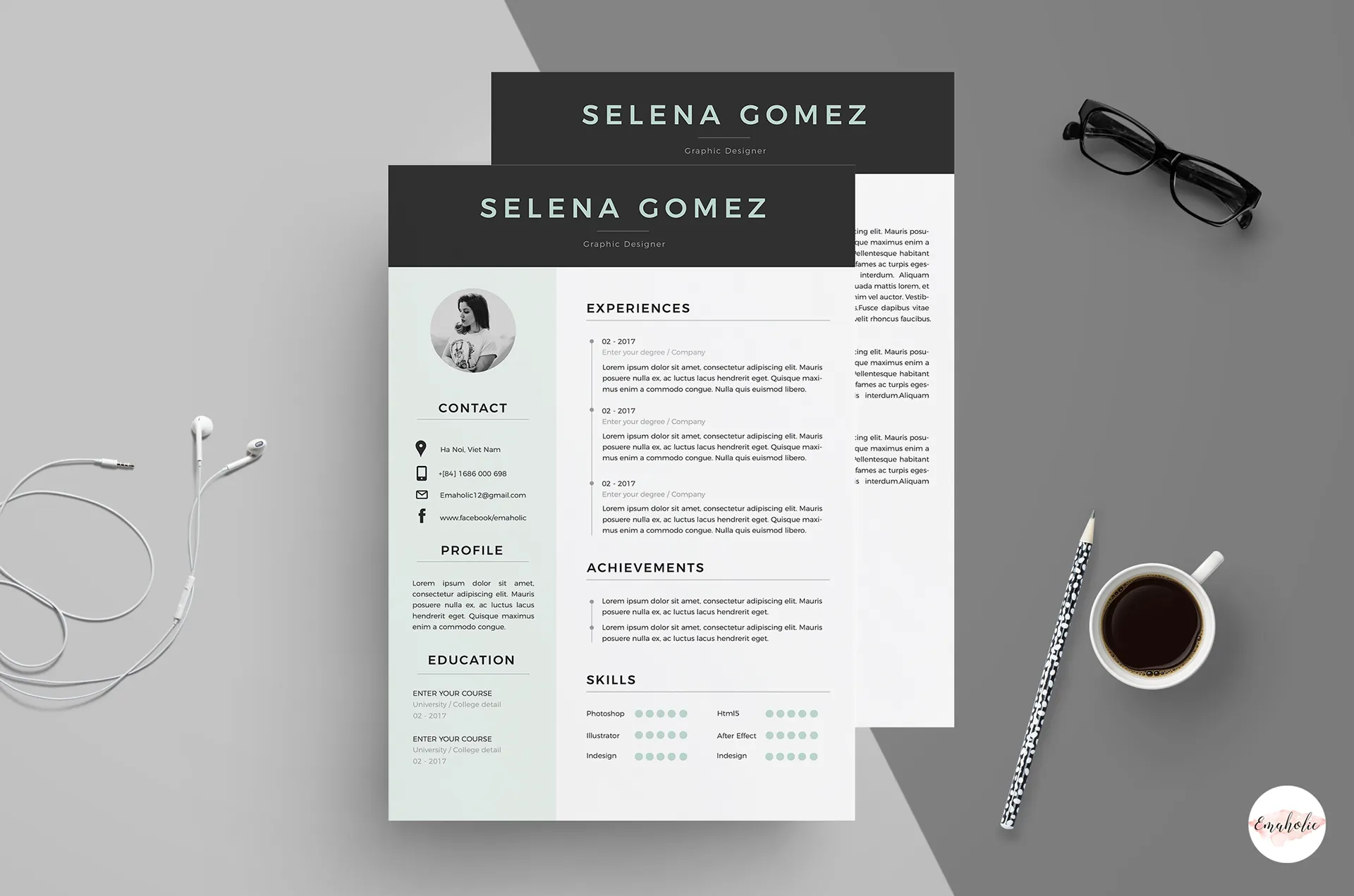
The third paragraph should demonstrate your interest in the company and the role. Explain why you are drawn to the company’s mission, values, or culture. Show that you have researched the company and understand its goals. You can discuss how your values align with the company’s values, or mention specific projects or initiatives that you admire. This paragraph helps the hiring manager see that you are a good fit not just for the role but also for the company culture. Showing genuine interest can significantly strengthen your application, making you stand out from candidates who may just be looking for any job.
Call to Action
End your cover letter with a call to action. This is where you politely request an interview or a follow-up conversation. Thank the hiring manager for their time and consideration. Express your enthusiasm and reiterate your interest in the position. This paragraph should be concise and forward-looking. It provides a clear indication that you are eager to take the next step in the hiring process. A strong call to action makes it easier for the hiring manager to proceed and helps reinforce your desire for the job.
Closing and Signature
Use a professional closing such as ‘Sincerely,’ ‘Best regards,’ or ‘Thank you.’ Follow this with a space for your signature (if printing and mailing) and then type your full name. If submitting the cover letter electronically, you can simply type your name. Ensure that your closing is courteous and professional. The closing provides a final impression of your professionalism and respect. Following the closing, be sure to type your full name to ensure clarity. This ensures the recipient knows who sent the letter.
Formatting Tips for Your CV Cover Letter
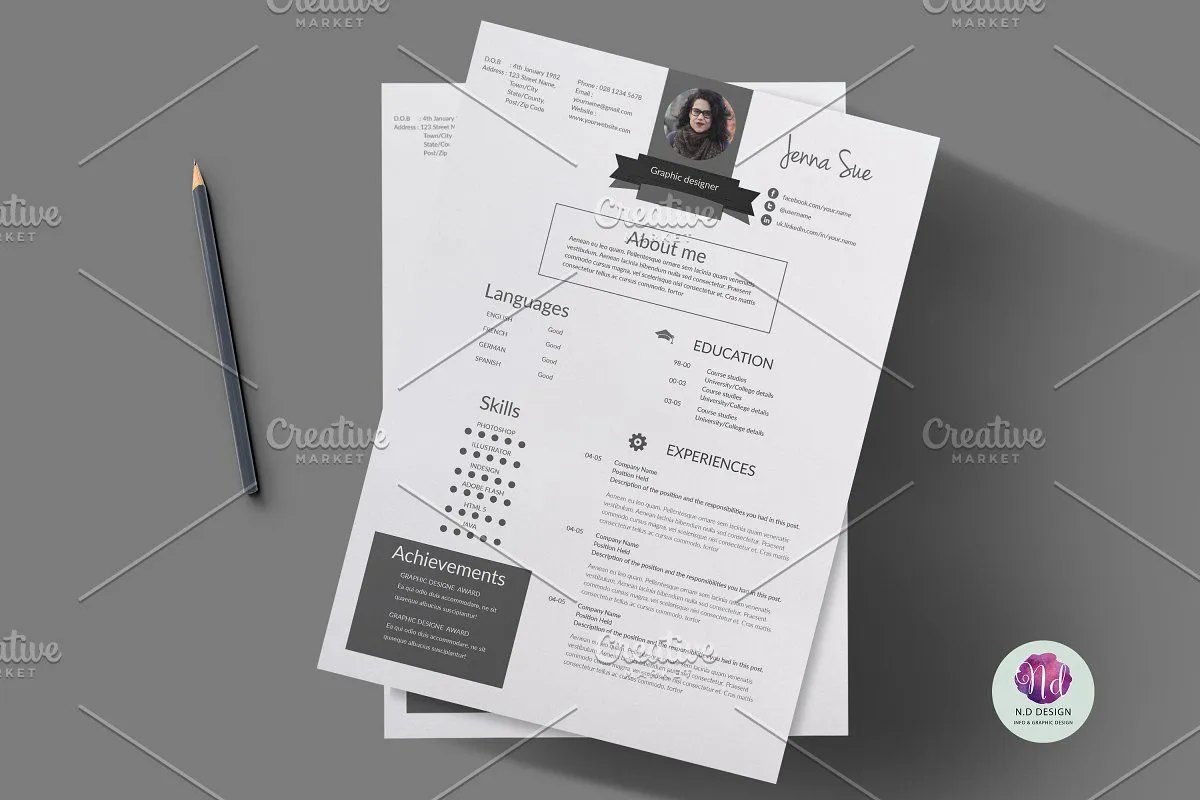
Proper formatting enhances the readability and professionalism of your CV cover letter. Adhering to these formatting tips is important for making a great first impression. Formatting ensures your cover letter is easy to read and visually appealing, which is crucial for keeping the hiring manager engaged. A well-formatted cover letter presents you as organized and attentive to detail, qualities that are highly valued in the professional world. Pay attention to these details to ensure that your cover letter stands out for the right reasons.
Font Selection
Choose a professional and readable font. The best fonts for cover letters include Arial, Calibri, Times New Roman, and Helvetica. Keep the font size between 10 and 12 points for the body text. Use a slightly larger font size for your name and contact information at the top. Ensure consistency throughout the document. Avoid using overly decorative or difficult-to-read fonts, as they can distract the reader. The goal is to make your letter easy and pleasant to read, allowing the content to shine. Choosing the right font is an important factor to enhance the overall professionalism of the document.
Margins and Spacing
Set margins to 1 inch on all sides of the document. Use single-line spacing for the body of your letter, with a blank line between paragraphs. Consistent margins and spacing provide a clean and organized look. Proper spacing helps the reader’s eye to navigate the content, enhancing readability. Avoid overcrowding your cover letter, which can make it look dense and uninviting. The appropriate margins and spacing also make the cover letter look more polished and professional. Ensuring these details are correct can help make your cover letter stand out from the competition.
File Format and Naming
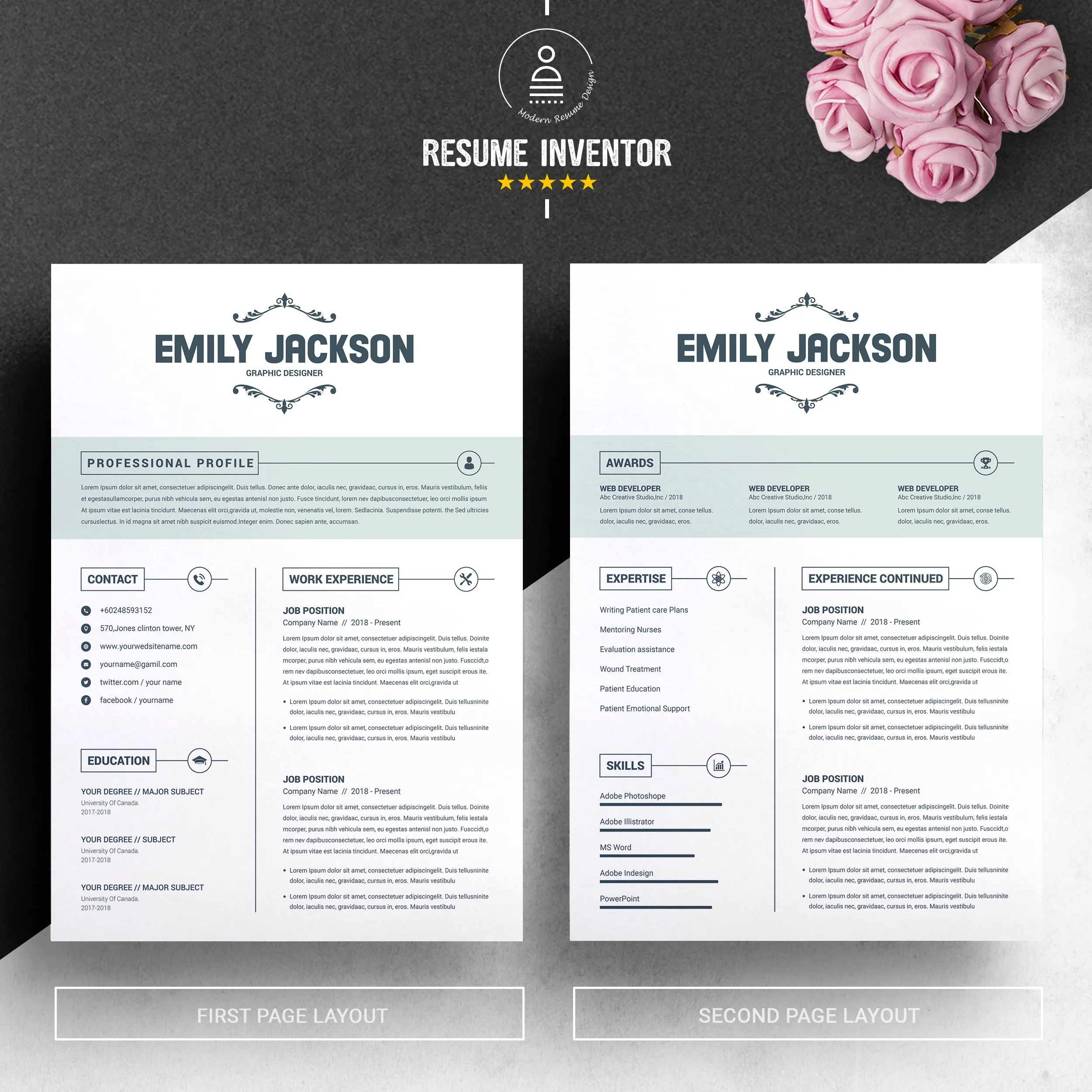
Save your cover letter as a PDF file unless the job application specifically requests a different format, such as a Word document. PDF files preserve the formatting, ensuring that your letter looks the same on any device. Name your file professionally, such as ‘Your Name - Cover Letter - Job Title.’ This makes it easier for the hiring manager to identify your document and keep track of your application. Always follow the specific instructions provided in the job posting, if any, regarding the file format. When naming your file, make sure that it’s easy to identify and looks professional.
Proofreading and Editing Your Cover Letter
Proofread your cover letter carefully for any grammatical errors, spelling mistakes, and typos. Check for inconsistencies in formatting and ensure that your tone is consistent throughout. Have someone else review your cover letter for a second opinion. A fresh pair of eyes can often catch errors that you might have missed. Proofreading and editing are critical steps in the cover letter writing process. They ensure that your letter is polished, professional, and free from any errors that could negatively affect your application. Take the time to thoroughly review your cover letter before submitting it.
Conclusion
Creating a perfect CV cover letter involves attention to detail, effective formatting, and a strong understanding of how to present your qualifications in a compelling way. By following the guidelines for the format and content, you can significantly increase your chances of landing an interview. Remember to tailor each cover letter to the specific job and company, highlighting the most relevant skills and experiences. Your cover letter should be an extension of your CV, telling the story of your career in a way that captures the hiring manager’s attention. Investing time in creating a well-written cover letter is an important step in your job search, and it is a skill that can help you succeed in the competitive job market. Good luck!
